
Hyperrealism
During the late 1950s and early 1960s in New York City, Abstract Expressionism, Pop art and Minimalism dominated the art scene. Hyperrealism was heavily shrouded by the impact of these movements, causing it to take ten years before the movement gained an official form of recognition. The movement began in 1965, at the same time as Conceptual Art, and consisted entirely of male artists (Chuck Close, Don Eddy, Richard Estes, Ralph Goings, Robert Bechtle, Denis Peterson, and Malcolm Morley), apart from one female artist, Audrey Flack. Notably, the male artists' works were ripe with themes of machinery and industry, incorporating cars and mechanical objects in their works. Flack on the other hand, conveyed more emotion in her works, exploring themes of death, femininity, mass-culture and consumerism in her pieces.
“Hyperrealism" derives from the French “Hyperréalisme," a term coined by Belgian gallerist, Isy Brachot, as the name for his exhibition in 1973. The exhibition included major American Hyperrealists such as Chuck Close, Ralph Goings and Robert Bechtle. Artists would often rely on tracing their works from photographs to create an intensely accurate replica. The Hyperrealists took realism one step further by mixing the real with the unreal. Although their images were based on reality, in creating their works from photographs they actually distanced their art from fact. This is because the Hyperrealists would strive to achieve such a realistic effect in their work, they would add elements to their pieces that were absent from the original photo. This allowed the artists to render their works even more realistic by adding details unseen in the original photo.
The reliance on photography caused Hyperrealists to explore the realms of reality and artificiality, and examine alternative artistic methods. The representation of light was particularly distinctive in these works. Hyperrealists would use slide machines to project photos onto their canvases, allowing them to capture light in a completely new way and reproduce the glossy effect of a photograph in their paintings.
Chuck Close: one of the original Hyperrealists, Close is renowned for his huge-scale portraits. A catastrophic spinal artery collapse in 1988 left Close paralyzed, however he has still continued to paint. In 2005, his work John sold at Sotheby's to the Broad Art Foundation for $4.8 million.
Malcolm A. Morley: British-American artist and painter, Morley was one of the pioneers of Hyperrealism.
Richard Estes: American painter, Estes, would frequently divide his paintings in two, channelling two windows in his works. This would give the effect of looking at two paintings at the same time, and such an effect can be seen in his work Murano Glass, Venice (1976).
Ralph Goings: predominantly painted scenes of everyday American life, Goings sought to portray the realities of the Great Depression in America. His depictions of working class Americans can be seen in his work, Two Waitresses - Afternoon Break.
Audrey Flack: the sole woman of the original Hyperrealists, Flack mostly explored still lifes in her works. Her still life paintings questioned themes of Vanitas, using religious symbols on large-scale canvases.
Get back to reality with our selection of contemporary artists! Whether it's Juliana Wildner's flowers, Mark Figuras' figures or Kyliss' black and white portraits, Artsper has the Hyperrealist work for you
Save your search and find it in your favorites
Save your search to find it quickly
Saved search
Your search is accessible from the favorites tab > My favorite searches
Unsaved search
A problem occurred


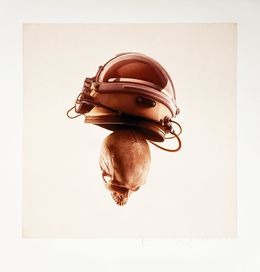
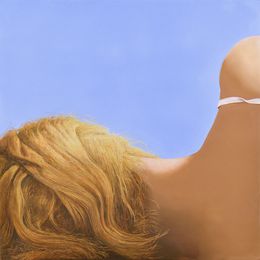
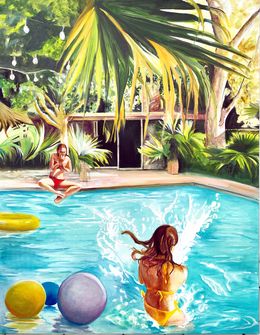

L'Ange de Léonard
Francine Van Hove
Fine Art Drawings - 56 x 76 x 3 cm Fine Art Drawings - 22 x 29.9 x 1.2 inch
Sold

BCBG - série portrait d'huitre
Alexandra Baudin
Painting - 55 x 55 x 2 cm Painting - 21.7 x 21.7 x 0.8 inch
Sold

Still life with birds
Ara Gasparyan
Painting - 35 x 72 x 2 cm Painting - 13.8 x 28.3 x 0.8 inch
Sold

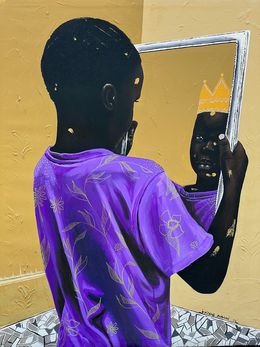


Feel the blue II
Ritchelly Oliveira
Painting - 123 x 98 x 4 cm Painting - 48.4 x 38.6 x 1.6 inch
Sold


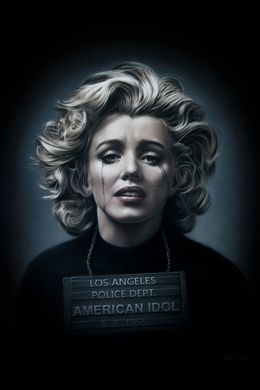
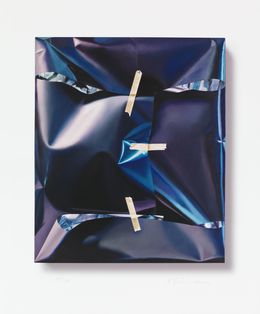


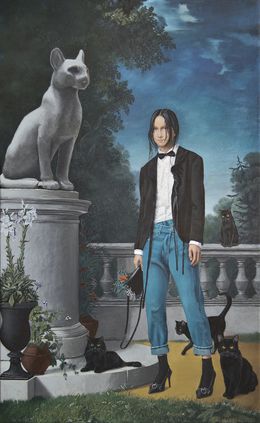
Contemporary portrait "Cat Country"
Nataliya Bagatskaya
Painting - 90 x 55 x 1.8 cm Painting - 35.4 x 21.7 x 0.7 inch
Sold
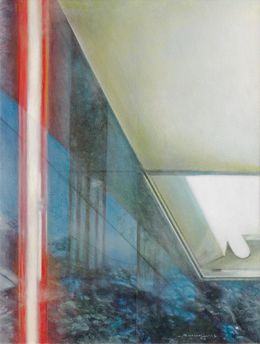

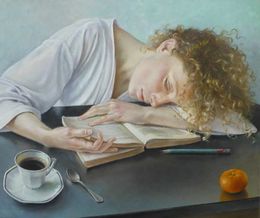
Clémentine & Café
Francine Van Hove
Painting - 46 x 55 x 2 cm Painting - 18.1 x 21.7 x 0.8 inch
Sold
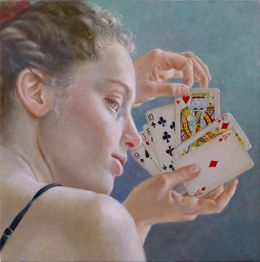
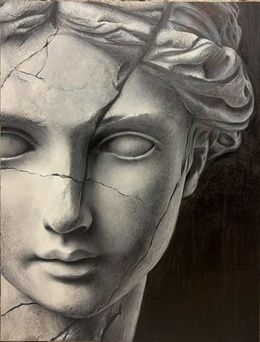
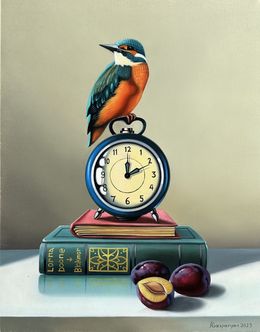
Still life with bird, clock and books
Ara Gasparyan
Painting - 45 x 35 x 2 cm Painting - 17.7 x 13.8 x 0.8 inch
Sold
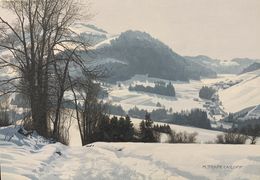
Paysage de neige à Hirmentaz
Michel Trapezaroff
Painting - 19 x 27 x 0.5 cm Painting - 7.5 x 10.6 x 0.2 inch
Sold

Still life with bird and colorful balls
Ara Gasparyan
Painting - 50 x 30 x 2 cm Painting - 19.7 x 11.8 x 0.8 inch
Sold



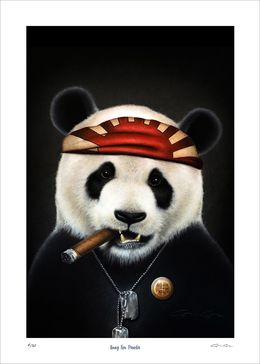

Sweet Treats (Wayne Thiebaud)
Gerard Boersma
Painting - 50 x 48 x 2 cm Painting - 19.7 x 18.9 x 0.8 inch
Sold
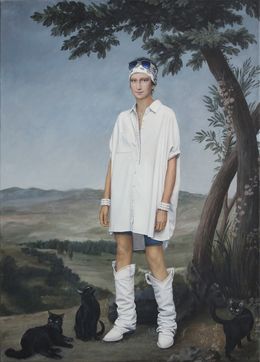
And do you remember?...
Nataliya Bagatskaya
Painting - 90 x 65 x 2 cm Painting - 35.4 x 25.6 x 0.8 inch
Sold


Still life with bird and clock
Ara Gasparyan
Painting - 35 x 24 x 2 cm Painting - 13.8 x 9.4 x 0.8 inch
Sold
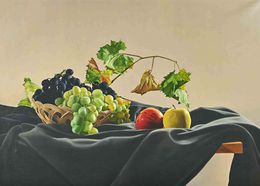
Still life with fruit
Stefano Turchetti
Painting - 50 x 70 x 1 cm Painting - 19.7 x 27.6 x 0.4 inch
Sold

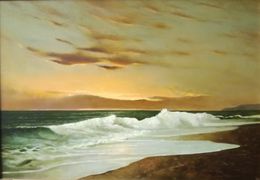
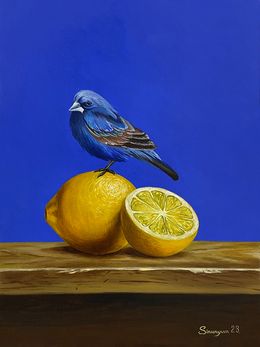

L'Oeil en Coulisse
Francine Van Hove
Painting - 30 x 30 x 2 cm Painting - 11.8 x 11.8 x 0.8 inch
Sold

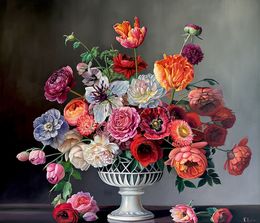
The way the night knows itself with the moon, be that with me
Katharina Husslein
Painting - 120 x 140 x 3 cm Painting - 47.2 x 55.1 x 1.2 inch
Sold

Basic theories of perspective
Yrjö Edelmann
Painting - 70 x 53 x 4 cm Painting - 27.6 x 20.9 x 1.6 inch
Sold
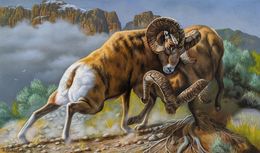
Clash of the Titans
Shahen Aleksandryan
Painting - 30 x 50 x 2 cm Painting - 11.8 x 19.7 x 0.8 inch
Sold




Still life - tangerines (1)
Shahen Aleksandryan
Painting - 30 x 50 x 2 cm Painting - 11.8 x 19.7 x 0.8 inch
Sold

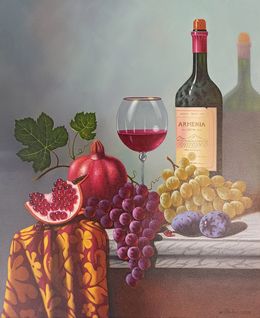
Still life with wine bottle
Shahen Aleksandryan
Painting - 60 x 50 x 2 cm Painting - 23.6 x 19.7 x 0.8 inch
Sold

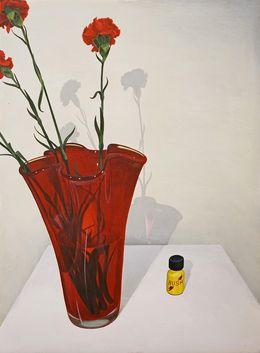
Bedside Table 2 (1)
Lyuben Domozetski
Painting - 40 x 30 x 2.5 cm Painting - 15.7 x 11.8 x 1 inch
Sold



La blonde aux yeux noisettes - série portrait d'huitre
Alexandra Baudin
Painting - 80 x 80 x 2 cm Painting - 31.5 x 31.5 x 0.8 inch
Sold
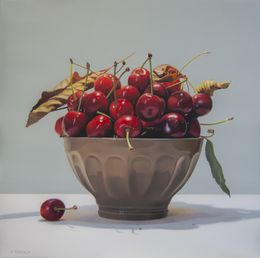
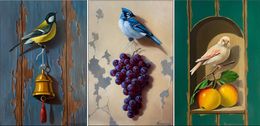
Still life with birds
Ara Gasparyan
Painting - 35 x 72 x 2 cm Painting - 13.8 x 28.3 x 0.8 inch
Sold


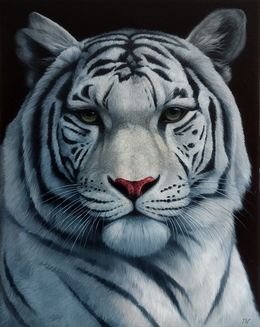
Majesty in Monochrome
Tamar Nazaryan
Painting - 80 x 60 x 2 cm Painting - 31.5 x 23.6 x 0.8 inch
Sold
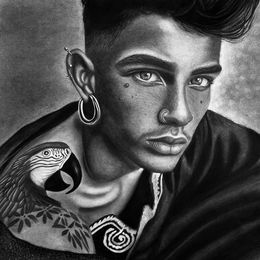
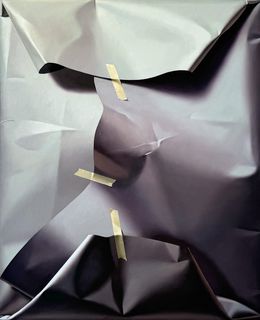
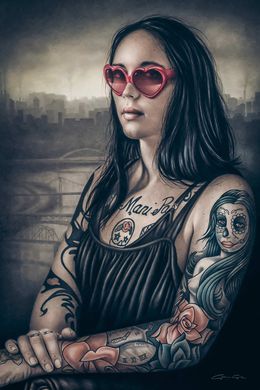

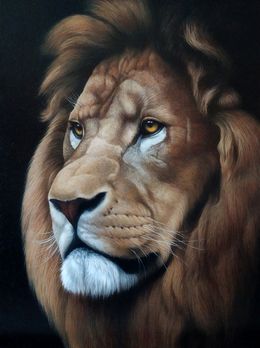
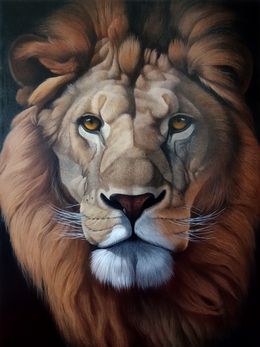
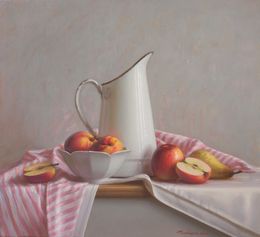

From The Water To The Water (3)
Dyala Khodary
Painting - 20 x 20 x 1 cm Painting - 7.9 x 7.9 x 0.4 inch
Sold
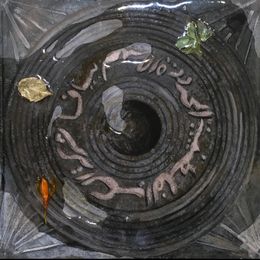
From The Water To The Water (2)
Dyala Khodary
Painting - 20 x 20 x 1 cm Painting - 7.9 x 7.9 x 0.4 inch
Sold

From The Water To The Water (1)
Dyala Khodary
Painting - 20 x 20 x 1 cm Painting - 7.9 x 7.9 x 0.4 inch
Sold

Landscape with river
Atanas Marincheshki
Painting - 40 x 60 x 2 cm Painting - 15.7 x 23.6 x 0.8 inch
Sold
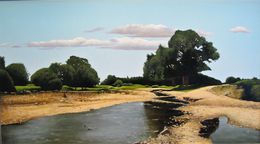
Landscape with river
Atanas Marincheshki
Painting - 45 x 80 x 2 cm Painting - 17.7 x 31.5 x 0.8 inch
Sold



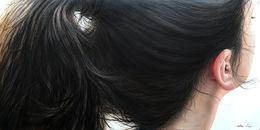

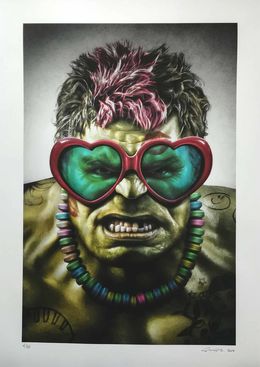

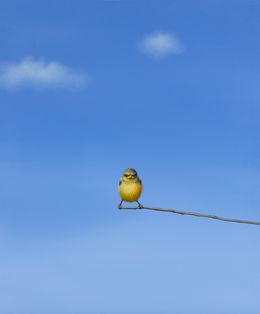

La Florentine
Deville-Chabrolle
Fine Art Drawings - 52 x 61 cm Fine Art Drawings - 20.5 x 24 inch
Sold
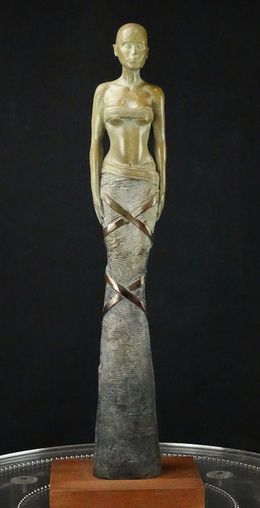

Désirs (Exclusivité)
Deville-Chabrolle
Sculpture - 56 x 21 x 33 cm Sculpture - 22 x 8.3 x 13 inch
Sold

La veilleuse de chagrin
Deville-Chabrolle
Fine Art Drawings - 41 x 65 cm Fine Art Drawings - 16.1 x 25.6 inch
Sold

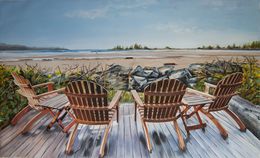

Cloth under a piese of glass
Roman Rembovsky
Painting - 115.1 x 145 x 2 cm Painting - 45.3 x 57.1 x 0.8 inch
Sold

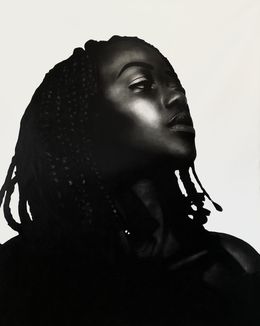
In the absence of your gaze
Ritchelly Oliveira
Painting - 194 x 149 x 2 cm Painting - 76.4 x 58.7 x 0.8 inch
Sold

The woman and the bird
Ritchelly Oliveira
Painting - 134 x 107 x 4 cm Painting - 52.8 x 42.1 x 1.6 inch
Sold
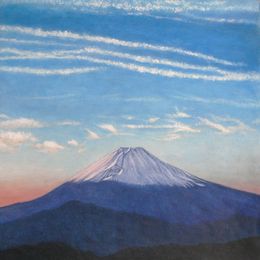
Sans titre 15
Katsuko Kuroya
Fine Art Drawings - 30 x 30 x 0.5 cm Fine Art Drawings - 11.8 x 11.8 x 0.2 inch
Sold

